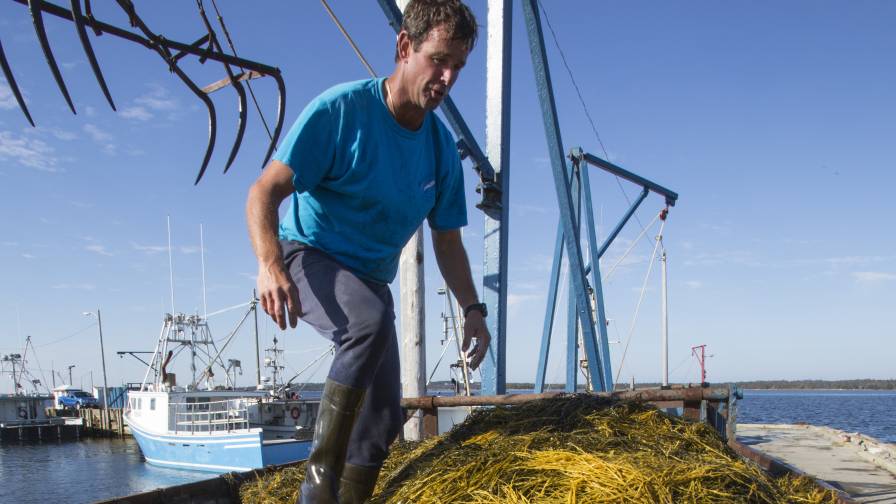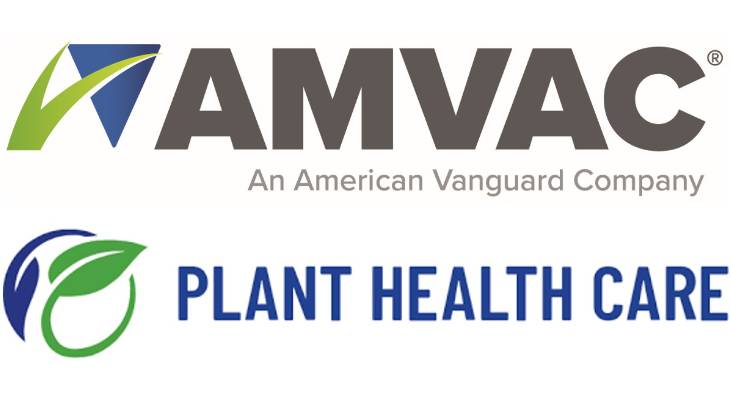MAI Talks ChemChina Deal

Following their October 2011 merger, Israel’s Makhteshim Agan Industries (MAI) and ChemChina are moving ahead with plans designed to exhaust the opportunities that emanate from the business combination and create a unique business model in the global agchem industry that fits the changes this space has been undergoing.
In October 2010, ChemChina surprised the global agrochemical industry by announcing a reverse merger transaction between MAI and its agrochemical operations (CNAC).
The transaction, closed in November 2011, is a golden opportunity to transform landscapes, both within China and across the rest of the world.
Sixteen months later, Erez Vigodman, chief executive of MAI, answers questions about the way he sees the opportunities and challenges of the deal as well as the most important trends in global agriculture today.
Q: The importance of agriculture and global food security is a topic discussed in many forums today, with China setting this as a key component in its 5-year plan. What is the most important challenge in these areas?
A: Over the past two decades, the world has mainly been affected by several key trends that have led to a deep structural change in the world, and at their center is an economic shift in gravity to developing economies. The immediate, practical implications of this real revolution that has taken place around the world is heavy pressure on dwindling natural resources, mainly energy, metals, water and food. China as a leading economy has gone out to tackle this challenge as part of its planning.
In order to provide a solution for the spike in demand, a significant increase in their supply will be required in the coming years, on a far higher level than the rate of growth of the past 20 years. The gap is especially large in relation to water and food, and the required increase from the supply side demands a radical change, accompanied by a stepping up of innovation in all areas of agriculture and water.
Q: Do you see this expressed in the progress and innovation in global agriculture?
A: I have to say not at all. “The age of revolution,” which is expressed in all the spheres and almost all industries, has to date largely bypassed the agricultural sphere. Apart from one important area – seeds and traits – we see the same practices and technologies that we’ve been using for decades. Most of the advances in the past were the result of better utilization of economies of scale along with significant concentration of agricultural species varieties. These weren’t new technologies and certainly couldn’t be considered real breakthroughs of the kind we see in other spaces today. Furthermore, we’ve even seen a constant drop in the improvement of productivity over time.
Q: Why has innovation stagnated?
A: We are somewhat trapped by the dogmas of the past, and this must change. Today, a low proportion (about 1.5%) of research and development efforts in the private sector is directed at agricultural innovation and is only active in very limited fields in the diverse world of agriculture. Large agricultural subsidies diminish the attractiveness of the agriculture sphere for private-sector investors. This also limits the mechanisms that would drive the development and diffusion of new technologies throughout the agricultural food chain.
We need a real breakthrough in agricultural technology, far beyond the innovation and advancements we see in the area of seed trait improvement, and I believe that this is a pressing need.
Q: How are vision and innovation connected to the agrochemical field?
A: We operate at the forefront of these challenges. The products and solutions for protecting crops and the spheres of seeds and traits, which the agrochemical field deals with, enable farmers all over the world to protect their crops, improve their fields’ yields, output and productivity. Furthermore, the vast majority of the private sector’s agricultural R&D takes place in this field.
Q: How does the merger deal between MAI and ChemChina help to optimize opportunities within the industry?
A: This is an exceptional opportunity for both MAI and for ChemChina. This crossroads in agricultural and in the agrochemical space in particular, both around the world and in China, has created one of the most significant opportunities I can think of today, as long as we succeed in handling the challenges of this business combination.
This model will position the company to make an important contribution to crop protection in China, while offering a solution to the needs of millions of Chinese farmers. At the same time, the company will build a strong infrastructure in China that will support our continuing profitable growth and expansion all over the world and in particular in developing economies.
In addition, I firmly believe that we also have an opportunity to contribute to additional important areas of global agriculture, capitalizing on the deep knowledge and accumulated experience that exist within MAI’s agricultural spheres, and leveraging the creativity, innovation, unique capabilities, and technological know-how the Israeli agriculture industry offers.
Q: Where does the integration of ChemChina and Makhteshim Agan’s public offering currently stand?
A: We are in the midst of the processes that will enable us to complete the integration in the coming 12 months and to lay the foundations for building the infrastructure we need in China for the coming years. At the same time, we are moving ahead with registration processes in China for the products we plan on introducing to the Chinese market, and outside China, registration processes for products we want to export from China.
We have already defined the infrastructure we will build in order to begin offering our products and solutions to the Chinese farmers and to actualize our growth potential in this central and very important market. Clearly, from our perspective as a company that currently only has sales of several million dollars in China, this is a tremendously important move. At the same time, we believe that we can also make a contribution to Chinese agriculture and farmers in what can only be defined as a win-win situation.
In parallel to the progress on these processes, at the appropriate time a decision will be made on the timing of our company’s public offering which we certainly intend to do.
Of course, aside from our activities in China, we constantly deal with our continual operational development and improvement in all areas of our activities, while strengthening the differentiation of our product portfolio and enhancing our competitive position in all the markets we’re active in.
Q: Looking back on the past 16 months since the deal with ChemChina closed, what is your impression of this move?
A: I believe more than ever that what lies ahead is a once-in-a-lifetime opportunity, but at the same time, nothing can be taken for granted. Business combinations always require patience and persistence in execution and this is the case for us as well. We need to remain modest, with our feet on the ground, to work very hard, and not give in to the constant pressure for one moment. We must move ahead and continuously improve, so we can succeed in meeting the challenges and overcoming the obstacles that lie ahead on the road to exploiting the opportunities and actualizing the great potential that arise out of this business combination.
The support we receive from ChemChina is critical, and it will have a great influence on the level and pace of our progress in carrying forward the plans we have formulated together.





